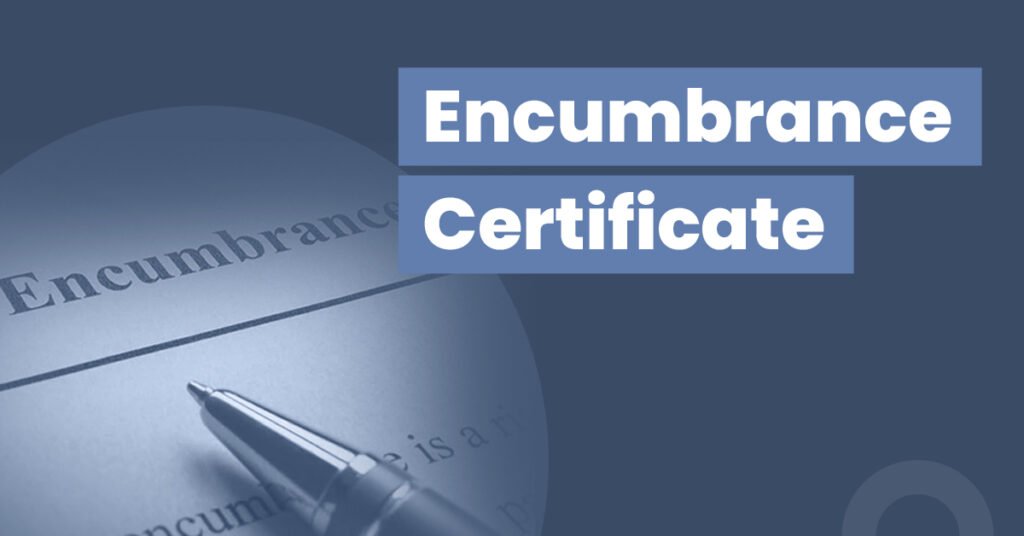Karnataka Encumbrance Certificate
Encumbrance certificate shortly called as EC is one of the most important documents to validate the title of a property. Encumbrance Certificate record assures that the property is free from any legal or monetary dues such as uncleared loans or mortgages and thus an individual procures this document as an evidence of free title and ownership.
Importance of Obtaining an Encumbrance Certificate
- Encumbrance certificate is a vital document for buying any land or property in India as it is an evidence of ownership title. Hence transferring of property requires an EC.
- Apart from property purchase, Encumbrance certificate must be furnished when applying for a loan against the property in any banks or financial institutions as it confirms that the property is free from any legal liabilities.
- EC is an important document to get mutation of property (Khata Registration / Khata Transfer) done.
- This certificate must be provided to the Village / Panchayat Officer to update the land tax records if the property or land tax is not paid for more than three years.
- The encumbrance certificate is an essential document to withdraw PF for a property purchase or house construction.
Attributes of Encumbrance Certificate
An encumbrance certificate records the following property-related details.
- The certificate holds the name of the property owner
- The Certificate usually pertains to a specific period and transactions related to a propertyrelevant to that period alone will be considered.
- Those transactions and documents that have been registered with the office alone will be reflected in the Encumbrance Certificate
Note: Transactions recorded at the sub-registrar’s office exclude documents such as short-term lease deeds and testamentary documents as those are not necessary to be registered under the law.
- The transactions recorded with the sub-registrar’s office records may be; sale deed, sale agreement, partition deed, release deed, gift deed, settlement deed, mortgage deed, mortgage discharge receipt, court attachment orders
- The transactions details will be listed in chronological order for the specified period.
- The certificate will highlight the date and details of the transactions, volume number, book number, document numbers, and names of the parties to the transaction.
- This document provides complete description of the property as provided in the Sale Deeds
- If a land is purchased on a loan, then this certificate will contain details about the mortgage
Nil Encumbrance Certificate (NEC)
If no transactions have taken place within the specified period a Nil Encumbrance Certificate (NEC), i.e., an encumbrance certificate with no details of transaction is issued.
Pre-requisites for Obtaining Encumbrance Certificate
- Attested copy of address proof
- One photocopy of any previously executed deed of the said property (sale deeds, partition deeds, gift deeds, release deeds)
- Details about the property and its title details
- Registered deed number, with date, book number, volume/CD number, and signature of the applicant should be affixed
Given below is the step-by-step procedure to apply for Encumbrance Certificate in Bangalore:
- First, download the EC application form i.e. Form 22.The application should be addressed to the jurisdictional sub-registrar’s office, under which the property is registered
- Fill the name and address details of the owner. In case a lawyer is applying for the EC on behalf of you, then they usually fill their details. This is just a placeholder.
- You will need to provide one photocopy of any previously executed deed of the said property. This can be previous sale deeds, partition deeds, gift deeds, release deeds, etc. The name of the deed that is being enclosed needs to be mentioned.
- The names of two parties in the above deed (for e.g. the seller and buyer in case of sale deed, or gifter and giftee in case of gift deed) should be entered as executant and claimant accordingly.
- The details of the property such as correct village name and the property description should be provided. The property description is the same as the complete schedule of the property* which you will find in the deed copies.
- It is very important that the time period for which the EC must be extracted is mentioned clearly in the application.
- Registered deed number, with date, book number, volume/CD number, and signature of the applicant should be affixed.
- The requisite fee needs to be paid according to the period of encumbrance requested. The encumbrance year commences from April 1st of a calendar and closes on March 31st, of the next calendar year. The EC is provided in the regional language which is Kannada. The fees have to be paid for one entire year, even if the duration of EC is only for a month.
EC application will be given a number when applied and the same will be mentioned on the Encumbrance certificate when issued.
Note: Schedule of the property is to identify the property and is typically divided into two to three sub-schedules. For example, in case of an apartment,Schedule-A identifies the larger extent of the property i.e., the Taluk, Hobli, Village and Survey number on which the apartment complex resides along with a description of its total area and its boundary. Schedule-B describes the exact unit or flat in consideration. Schedule-C, mentions the undivided share of the land (UDS) associated with the unit being transacted.
How Long Does It Take to Obtain An EC?
EC from 1/4/2004 onwards are available in computerized formats at the sub-registrar’s offices and can be obtained quickly within 2-3 working days.
ECs prior to 31/3/2004 dates have to be manually retrieved by referring to the Books at the sub-registrar offices. Retrieval of such backdated ECs will take longer and one has to wait at least two to three weeks.

